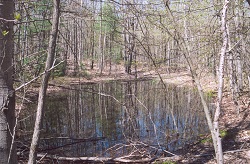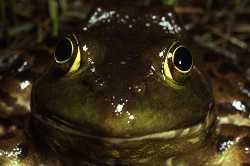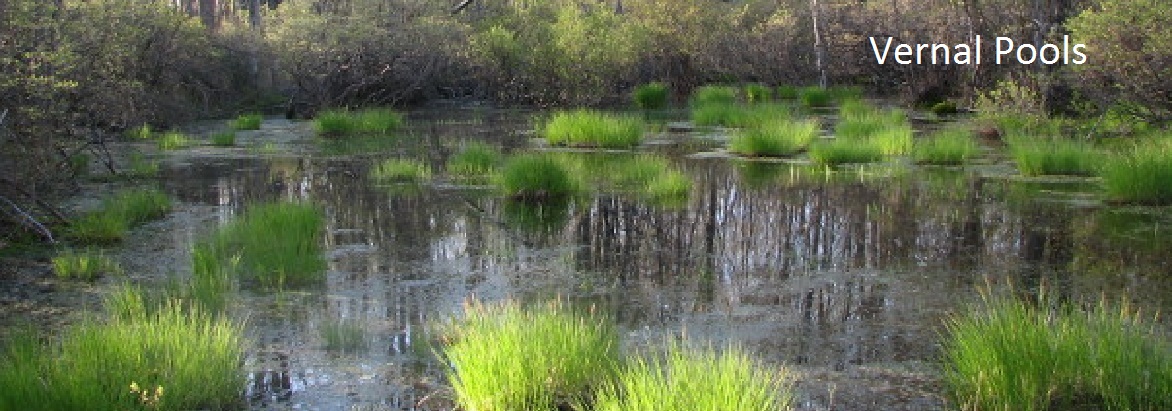 Vernal Pool Ecology
Vernal Pool Ecology
Vernal pools, or seasonal pools, are a unique type of wetland habitat. They are typically small, shallow, ephemeral water bodies, and unlike a pond or a lake, they have no permanent inlet or outlet. They are filled each spring by rain and snow melt, then dry up for a period of time during the summer. These qualities of vernal pools distinguish them from other wetlands, and they support several species of animals that require these temporary wetland habitats for survival.
This site provides information on many aspects of vernal pool ecology, conservation, and management. Explore the website to find:
- Information on vernal pool animals and identification
- Best management practices for landowners with vernal pools
- Educational presentation on vernal pool identification and conservation
- How to register a vernal pool
- State and federal laws that protect vernal pools
Register a Pool
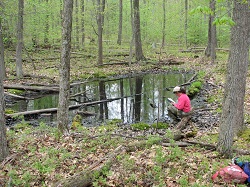
Vernal pools form in a variety of ways. The position of a vernal pool on the landscape can suggest its origin.
Vernal Pool Database
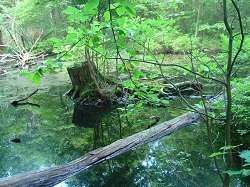
Vernal pools are considered hydrologically 'isolated' wetlands because they are not permanently connected to other water bodies. They receive most of their waters from rain and snow melt surface runoff.-
-
Vernal Pool Animals
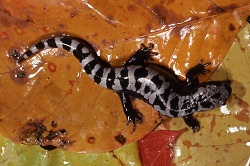
Vernal pools can host a wide variety of plants and predictable groupings of plants called communities.
Conservation
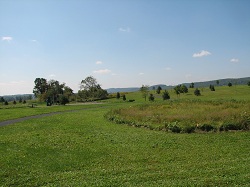
All vernal pools dry up periodically. Some pools dry out every year, some others only during dry summers.

